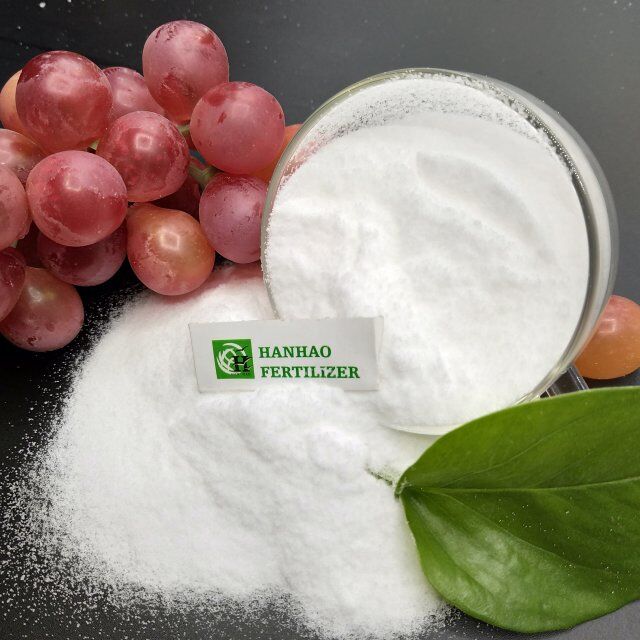
Jan . 30, 2025 03:13 Back to list
different types of npk fertilizer
Navigating the world of NPK fertilizers can be a daunting task, especially when trying to select the right type for specific agricultural needs. Yet, understanding the different types of NPK fertilizers is crucial for optimizing plant growth and ensuring sustainable farming practices. This article delves into the various types of NPK fertilizers, shedding light on their unique characteristics, benefits, and applications to enhance your gardening or farming endeavors.
5. Slow-Release NPK Fertilizers Slow-release fertilizers gradually release nutrients over time, ensuring a consistent supply and reducing the risk of nutrient leaching. These are ideal for long-term plant care, as they minimize the frequency of application and promote sustained plant growth. Slow-release formulations are available in the form of granules or coated pellets. 6. Organic NPK Fertilizers Derived from natural sources, organic fertilizers such as compost, manure, and bone meal offer a sustainable approach to fertilization. They provide essential nutrients while improving soil structure and promoting microbial activity. Although slower in nutrient release compared to synthetic fertilizers, they enhance soil fertility in the long run. 7. Water-Soluble NPK Fertilizers This category of fertilizers dissolves easily in water, providing a rapid nutrient boost. Water-soluble fertilizers are particularly useful for hydroponic systems or when plants exhibit signs of nutrient deficiency. They allow for precise nutrient management, enabling targeted feeding based on plant needs. Practical Applications and Considerations Choosing the right type of NPK fertilizer depends on various factors, including plant type, growth stage, soil condition, and environmental factors. Understanding these elements can significantly enhance agricultural productivity and ecological balance. When applying NPK fertilizers, it is crucial to conduct soil tests to determine nutrient deficiencies and avoid over-fertilization, which can lead to environmental harm and reduce crop quality. Additionally, employing integrated nutrient management practices that combine organic and inorganic fertilizers can optimize nutrient availability and promote sustainable agriculture. In conclusion, the diverse types of NPK fertilizers available provide tailored solutions for different agricultural needs, supporting the growth, productivity, and health of plants. By selecting the appropriate fertilizer type and employing mindful management, it is possible to achieve higher yields and maintain ecological sustainability. Knowledge of these fertilizers not only empowers farmers and gardeners but also contributes to responsible environmental stewardship.


5. Slow-Release NPK Fertilizers Slow-release fertilizers gradually release nutrients over time, ensuring a consistent supply and reducing the risk of nutrient leaching. These are ideal for long-term plant care, as they minimize the frequency of application and promote sustained plant growth. Slow-release formulations are available in the form of granules or coated pellets. 6. Organic NPK Fertilizers Derived from natural sources, organic fertilizers such as compost, manure, and bone meal offer a sustainable approach to fertilization. They provide essential nutrients while improving soil structure and promoting microbial activity. Although slower in nutrient release compared to synthetic fertilizers, they enhance soil fertility in the long run. 7. Water-Soluble NPK Fertilizers This category of fertilizers dissolves easily in water, providing a rapid nutrient boost. Water-soluble fertilizers are particularly useful for hydroponic systems or when plants exhibit signs of nutrient deficiency. They allow for precise nutrient management, enabling targeted feeding based on plant needs. Practical Applications and Considerations Choosing the right type of NPK fertilizer depends on various factors, including plant type, growth stage, soil condition, and environmental factors. Understanding these elements can significantly enhance agricultural productivity and ecological balance. When applying NPK fertilizers, it is crucial to conduct soil tests to determine nutrient deficiencies and avoid over-fertilization, which can lead to environmental harm and reduce crop quality. Additionally, employing integrated nutrient management practices that combine organic and inorganic fertilizers can optimize nutrient availability and promote sustainable agriculture. In conclusion, the diverse types of NPK fertilizers available provide tailored solutions for different agricultural needs, supporting the growth, productivity, and health of plants. By selecting the appropriate fertilizer type and employing mindful management, it is possible to achieve higher yields and maintain ecological sustainability. Knowledge of these fertilizers not only empowers farmers and gardeners but also contributes to responsible environmental stewardship.
Share
Latest news
-
High-Quality NPK Fertilizer Raw Material Manufacturer & Supplier Trusted Factory Exporter
NewsJul.08,2025
-
Organic 20-20-20 Plant Fertilizer Supplier Premium Organic Fertilizer Manufacturer
NewsJul.08,2025
-
Ammonium Sulfate Fertilizer Market - Leading Manufacturer, Supplier & Factory Solutions
NewsJul.08,2025
-
Premium Water Soluble Fertilizer 20-20-20 Reliable Manufacturer & Competitive Prices
NewsJul.07,2025
-
10-52-10 Fertilizer Supplier – Premium NPK Compound & Granular Fertilizers for Crop Growth
NewsJul.07,2025
-
Best Blueberry Organic Fertilizer - Premium Factory & Supplier Boost Your Blueberry Yield
NewsJul.07,2025
